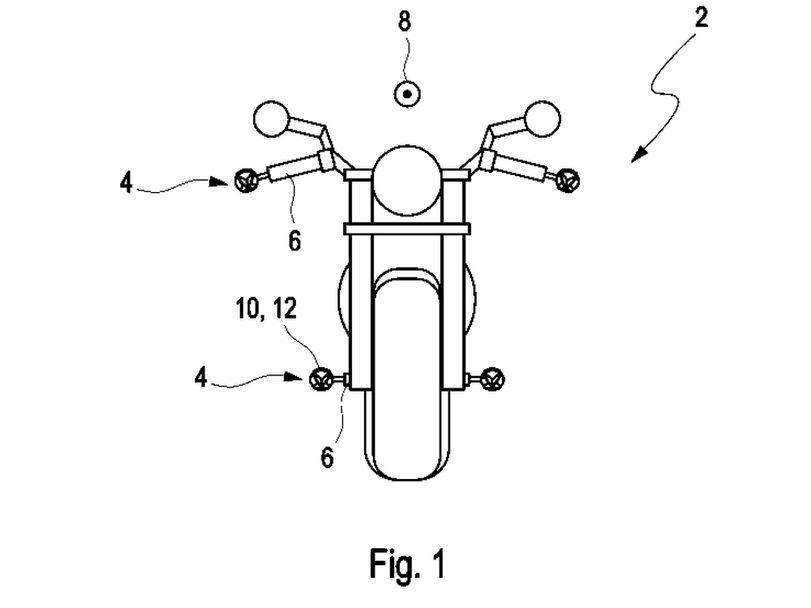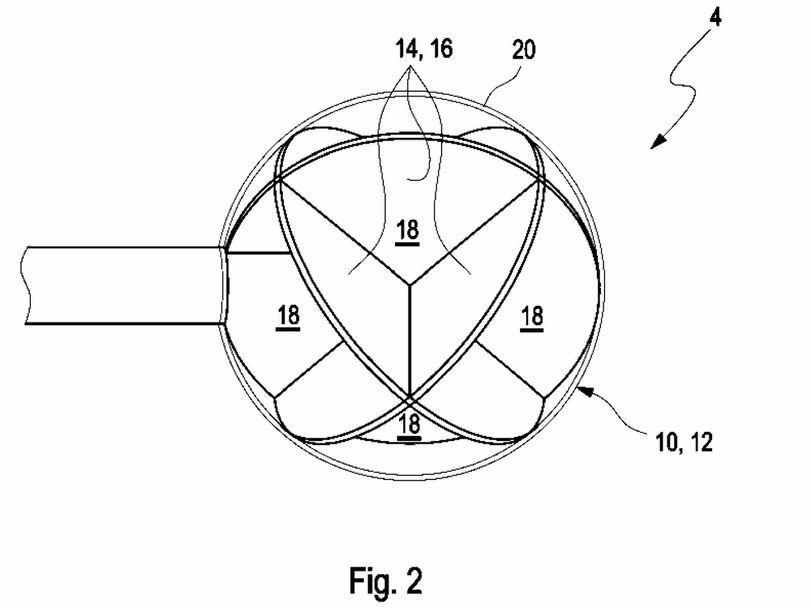The future of personal transport is approaching at an ever-increasing rate and, with it, new problems and issues that hadn’t been considered but which need to be if armageddon on the roads is to be avoided. With radar becoming more and more prevalent on cars, the main problem is that, sometimes, bikes are too 'small' a target to be detected by it. BMW has looked to shipping for inspiration in developing passive technology that could help to solve this.
One of the major talking points centres around the rise of semi-autonomous vehicles, which are, in case you have been burying your head in the sand for the last few years, vehicles that, at the least, take some decisions out of the hands of the drivers and, eventually, will drive themselves. No need to go into the finer details of how this is possible, suffice to say that they use radar sensors to detect what is around them, technology that has recently been adopted by Ducati and BMW to work in conjunction with the cruise control system to maintain a pre-determined distance to the car in front.
Visibility of motorcycles to other road users has always been the primary step in motorcycle safety. The requirement for motorcycle lights to always be on was the first step towards achieving this. But, with the increase in development of autonomous cars, the new challenge is making motorcycles visible to the electronic eyes of cars rather than the biological eyes of people.
Even without a car’s ability to drive itself, there are already a profusion of systems that increase safety by attempting to eliminate driver error. Thus, radar-controlled cruise control can apply the brakes in the event it detects the gap closing rapidly and monitor blind-spots. That is all very well when detecting the large lumps of metal that are cars or trucks but not much good for smaller motorcycles, which often have plenty of radar-absorbing plastic on the bodywork.
So, being ‘seen’ by a car’s systems is key to continued road safety for motorcycles in the future, much as being seen by a human driver is today, especially as cars move towards being fully autonomous and not just semi-autonomous, as is being developed already.
BMW is at the forefront of such technology in both cars and bikes and a new patent application shows that developments are well under way to solving issues with cars ‘seeing’ bikes.
3BMW all at sea! 33}
Interestingly, it is to the sea that BMW has looked for inspiration. While the vast majority of sea-going vessels are built using iron or steel, there are plenty of smaller craft built from fibreglass, which can make them invisible to radar so they are fitted with passive radar reflectors. These are small sheets of metal attached to others to form corner angles that bounce radar signals back to the source, aiding detection. BMW has simply miniaturised these to be suitable to be fitted to motorcycles to perform the same function.
The patent application shows golf-ball sized reflectors fitted to the handlebar extremities and to the wheel spindles front and rear so that no matter what direction radar signal comes from, it will be detected and bounced back to the source coming from another road vehicle.
If these reflectors can be made of plastic and coated with a metallic layer, the weight can be kept down but not the efficiency. Given that they only have to be passive, that is, not generating their own signal, it would be easy and relatively cheap to retro-fit such devices to any motorcycle.
You might not like the direction personal transport is taking - electric motive power and autonomous vehicles - but it seems that safety is not being sacrificed at the altar of progress.


